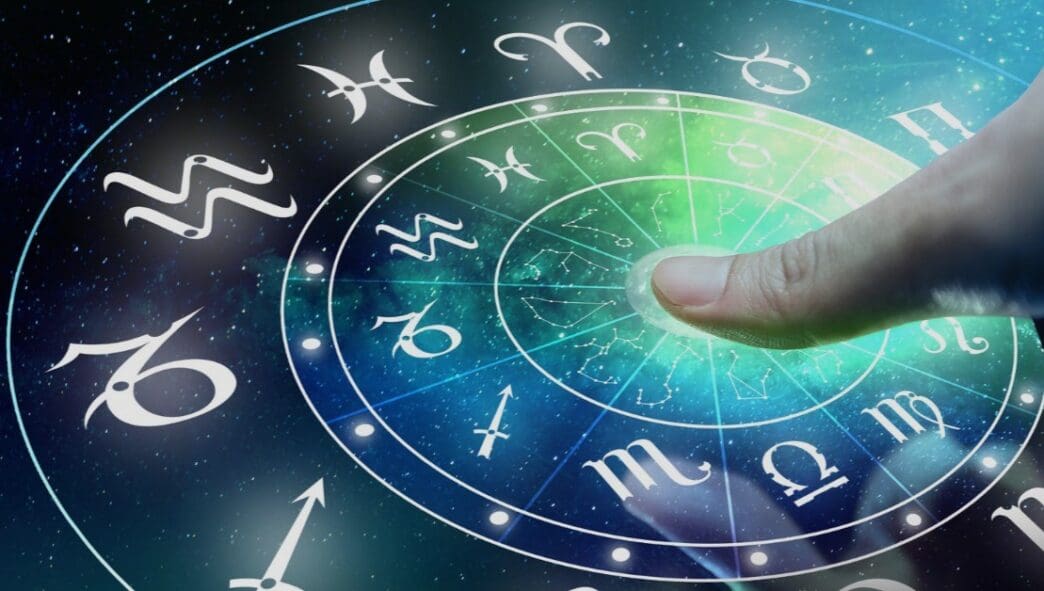KEY POINTS
- Electional astrology is the practice of choosing an auspicious moment to begin a new venture, based on the belief that an event’s starting time determines its ultimate potential for success.
- This form of astrology treats a new undertaking (like a wedding or business launch) as if it has its own birth chart, with a well-chosen chart imbuing the event with prosperity and good fortune.
- The most critical elements of an electional chart are the Ascendant (representing the venture’s identity) and the Moon, which acts as the chart’s engine and must not be “Void of Course” (a period where nothing will come of the matter).
Electional Astrology is the ancient art of choosing a specific, auspicious moment in time to begin a new venture, effectively giving that endeavor the most favorable cosmic start possible. Practiced by individuals, businesses, and even historical leaders, this specialized branch of astrology operates on the principle that the moment an action is initiated determines its entire life cycle and ultimate potential for success. By carefully selecting a date and time, an astrologer creates a “birth chart” for an event—be it a wedding, a business launch, or sending a critical email—with the goal of aligning it with supportive planetary energies to ensure the smoothest and most successful outcome.
The Birth Chart of an Action
At its core, electional astrology treats an event just like a person. When a person is born, a natal chart is cast for their exact time and place of birth, which acts as a celestial map of their personality, strengths, and challenges. Similarly, the moment you sign a contract, say “I do,” or publish a website, that action is “born” into the world.
The astrological chart cast for that exact moment is called an electional chart. This chart doesn’t describe a person, but rather the nature and destiny of the undertaking itself. A well-chosen electional chart can imbue a project with longevity, prosperity, and good fortune, while a poorly timed one can saddle it with conflict, delays, and obstacles from the very beginning.
This practice is distinct from other branches of astrology. While natal astrology reads the fixed potential of a person’s life, electional astrology is proactive and prescriptive. It is the art of creating a favorable chart, not just interpreting one that already exists.
The Key Ingredients of a Powerful Electional Chart
Crafting a potent electional chart involves a complex balancing act, as no moment in time is ever truly perfect. The astrologer’s skill lies in prioritizing the most crucial factors for the specific goal. However, several components are universally important.
The Ascendant and Its Ruler
The most critical element of any electional chart is the Ascendant, or the First House cusp. This point represents the venture itself—its identity, its body, and its immediate vitality. The sign on the Ascendant sets the overall tone for the endeavor.
For example, a fixed sign (Taurus, Leo, Scorpio, Aquarius) on the Ascendant is often desired for things you want to be long-lasting, like a marriage or a business. The planet that rules the Ascendant sign then becomes the primary significator for the person initiating the action. The condition of this planet—its sign, house placement, and aspects from other planets—is paramount to the success of the venture.
The Moon: The Engine of the Chart
After the Ascendant, the Moon is the single most important body in an electional chart. The Moon moves the fastest of all celestial bodies, and in astrology, it governs the flow of events and represents the unfolding of the action over time. It acts as the primary trigger and driver of the chart’s energy.
An ideal electional chart features a Moon that is gaining in light (waxing), which supports growth and increase. It should also be free from stressful aspects, especially from Saturn (which brings delays) and Mars (which brings conflict). Most importantly, the Moon must not be Void of Course.
A Void of Course Moon occurs when the Moon has made its final major aspect to another planet before it leaves its current zodiac sign. During this period, which can last a few minutes or an entire day, it is said that “nothing will come of the matter.” Actions initiated under a Void of Course Moon tend to be fruitless, fall flat, or require significant course correction later on.
The House of the Matter
Every electional chart must prioritize the house that rules the specific type of venture. The goal is to make this house as strong as possible, often by placing a benefic planet (like Venus or Jupiter) within it or having its ruling planet in excellent condition.
Some common examples include:
- Marriage: The Seventh House of partnership is key. You would want its ruler strong and well-aspected, with Venus (the planet of love) prominently placed.
- Business Launch: The Tenth House of career and public reputation is vital. A strong Sun or Jupiter here can grant visibility and success.
- Buying a Home: The Fourth House of home and family is the focus. A well-placed Moon or Venus in the Fourth House is considered highly favorable.
- Signing Contracts or Important Communications: The Third House of communication is central. A strong, direct-moving Mercury is essential.
A Practical Guide to Electing a Time
While best left to a professional, understanding the basic steps can illuminate the process. Finding the right time is a process of elimination and prioritization, filtering the calendar for the most supportive cosmic windows.
Step 1: Clarify the Intention
First, you must be absolutely clear about the goal. Is this a short-term project or a lifelong commitment? Is the primary aim for wealth, public recognition, or emotional fulfillment? The specific intention dictates which planets and houses must be strengthened.
Step 2: Avoid Major Astrological Pitfalls
Before looking for “good” dates, the first pass is to eliminate the “bad” ones. This means blocking out periods of major planetary retrogrades, especially those relevant to the matter at hand. For instance, you should almost never sign contracts during Mercury Retrograde or get married during Venus Retrograde.
You also want to avoid times when the major players (the Sun, Moon, and ruler of the Ascendant) are receiving difficult aspects, like squares or oppositions, from Mars or Saturn. These aspects bake conflict and restriction into the DNA of the event.
Step 3: Find a Strong Moon
With the worst times eliminated, the next step is to find windows where the Moon is in good condition. Look for a waxing Moon in a favorable sign (Taurus and Cancer are its strongest placements). Ensure it is making supportive aspects (sextiles and trines) to benefic planets like Venus and Jupiter, and that it is not Void of Course.
Step 4: Set the Ascendant and Midheaven
Once you have a good date range based on the Moon, you can begin to fine-tune the exact time of day. This is where you set the Ascendant and the Midheaven (the Tenth House cusp). You will cycle through the hours of the day to find a time when a strong sign is rising and the planets are arranged in the most beneficial house placements for your goal.
The Art of Compromise
It is crucial to understand that the perfect astrological chart does not exist. Every moment in time contains a mixture of harmonious and challenging energies. The work of electional astrology is not to find a flawless moment, but to find the best available moment within the constraints of reality.
You may have to launch a product next Tuesday, regardless of whether the planets are perfectly aligned. In such cases, the astrologer’s job is to select the best possible time within that 24-hour window, mitigating the challenges and amplifying the strengths as much as possible.
This often involves making strategic trade-offs. For a creative project, you might prioritize a strong Neptune and Venus, even if it means Saturn is in a slightly difficult position. For a financial venture, a powerful Jupiter and a fortified Second House might take precedence over everything else. The art is in knowing what to prioritize.
Ultimately, electional astrology is a powerful tool for aligning our personal will with the greater cosmic flow. It empowers us to move from being passive recipients of fate to active co-creators of our own destiny. By consciously choosing when to act, we give our most important endeavors the celestial tailwind they need to not only succeed but to truly flourish.








